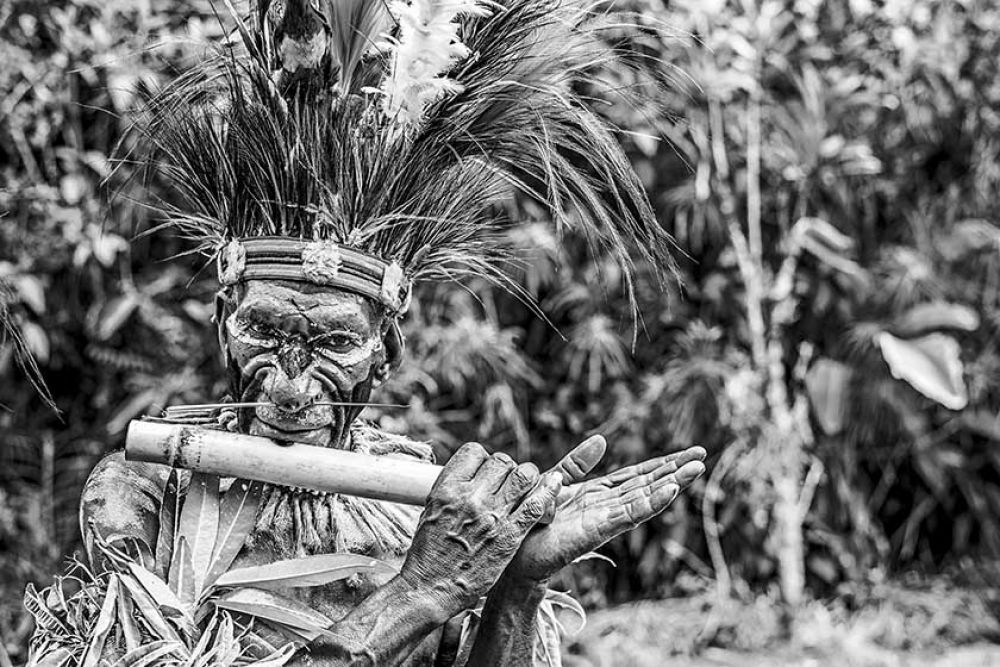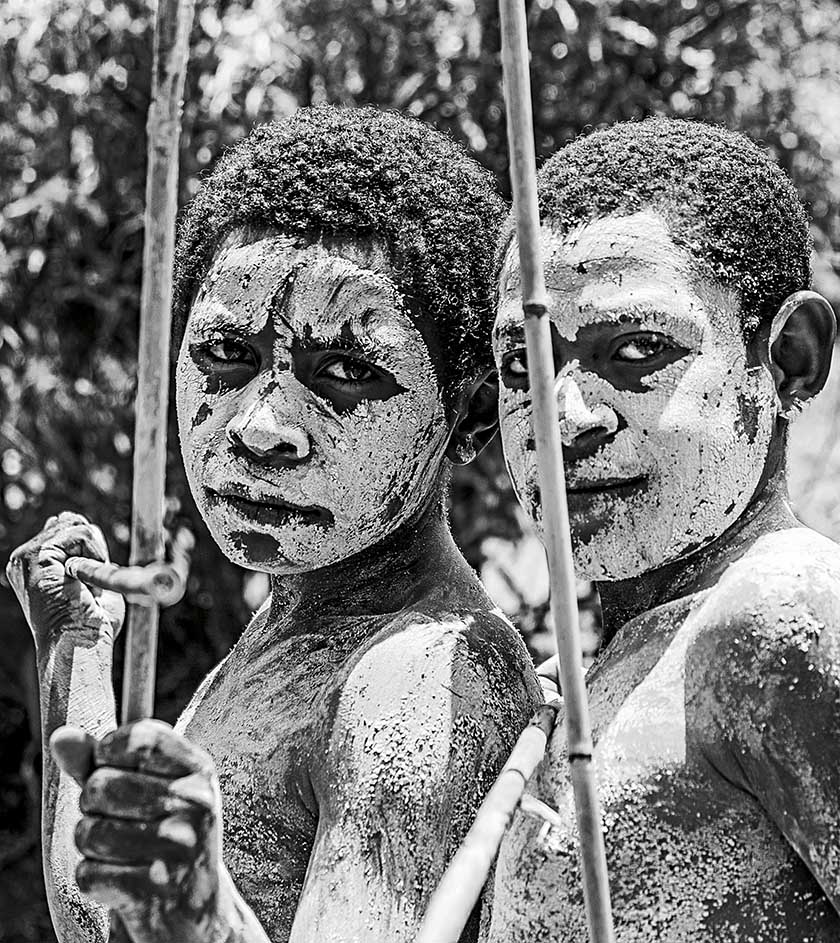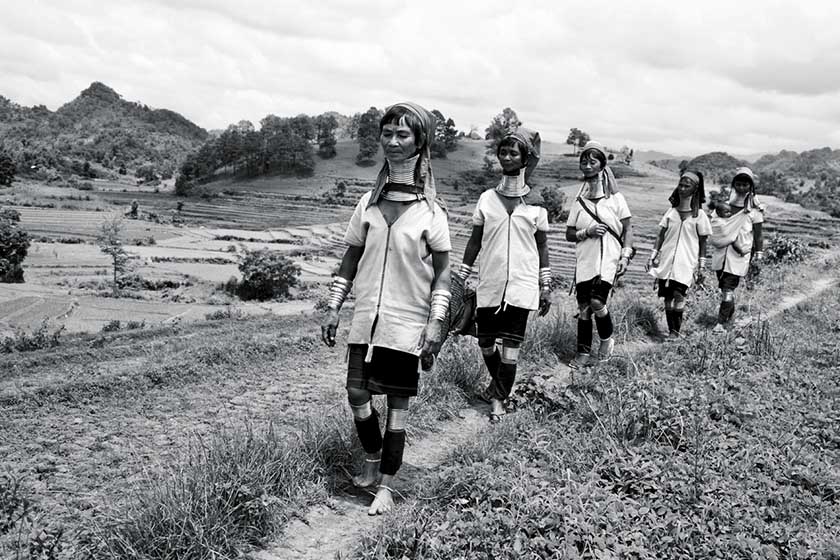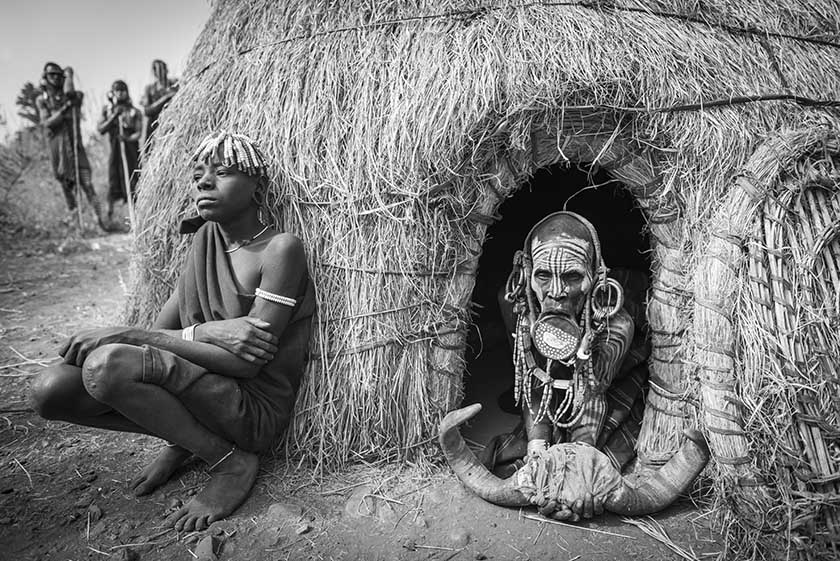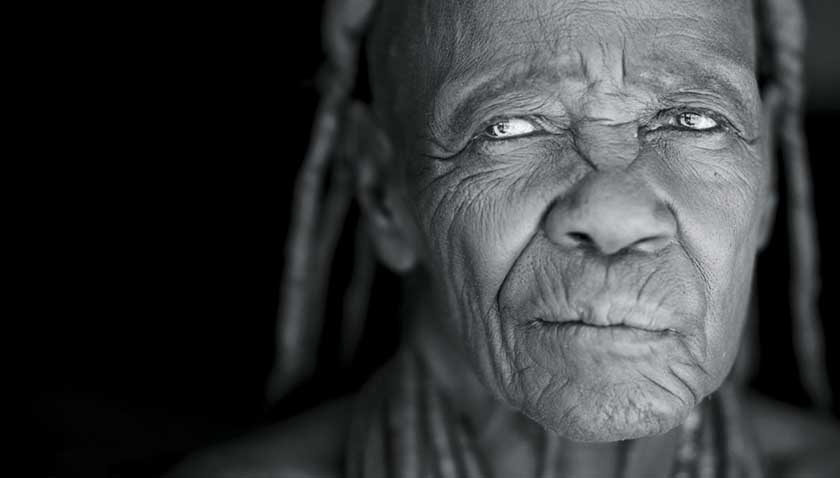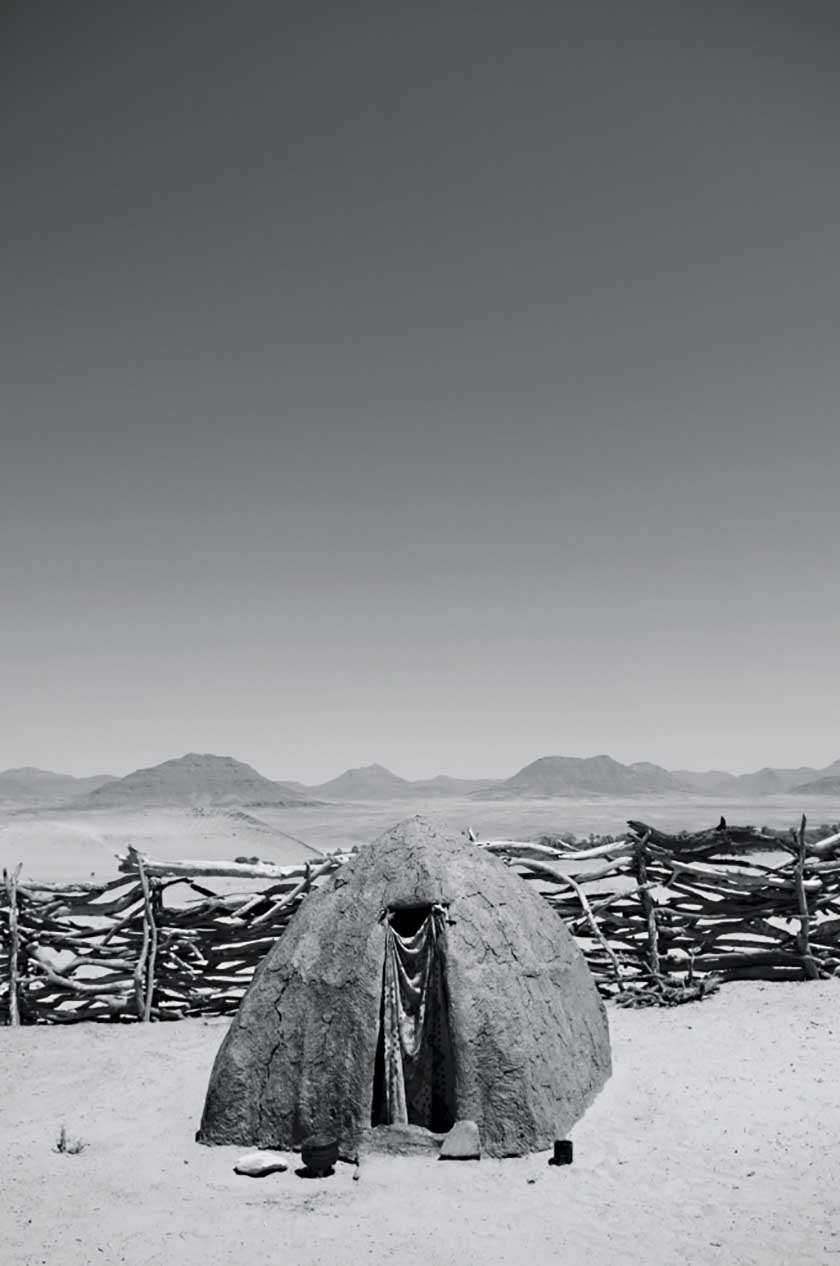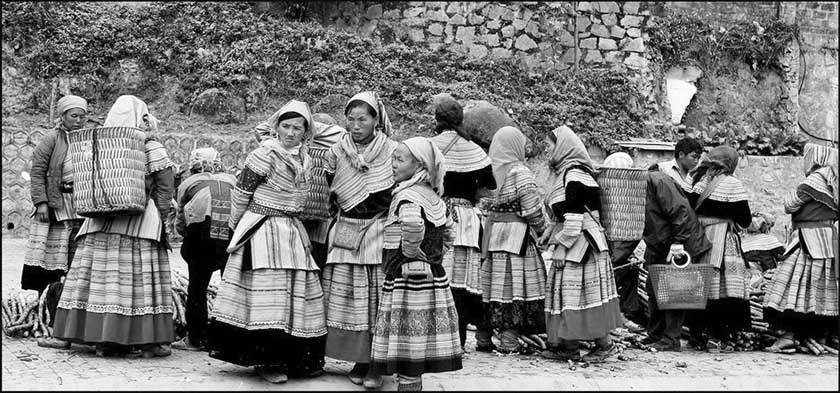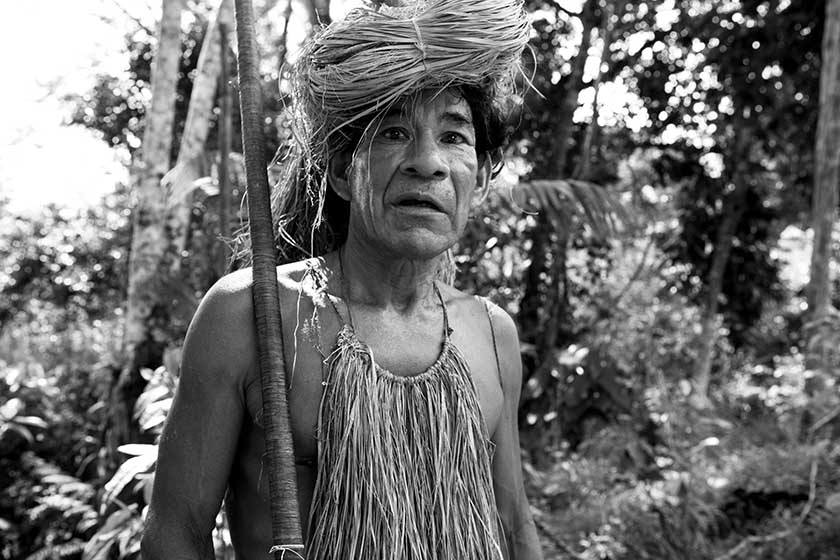BORA AND YAGUA INDIANS PERU
Pink dolphins may sound almost as plausible as flying pigs but deep in the Peruvian Amazon, reality becomes rather fluid. Huge ‘islands’ of water flowers occasionally block the river and bibosi and motacú trees grow intertwined like lovers.
You’re in the Loreto, lowland Peru, which is home to more species of bird than anywhere else on the planet. An expert from Qoriwayra Peru Travel will paddle you along the Nanay and Momon rivers, where you will be immersed in ancient customs of the Yagua and Bora Indians who have called this surreal rainforest their home since the 16th century.
This intensive two-night tour whisks you into the wild and catapults you back to a primal time where the wisdom of the jungle reigns. Less than 1,200 Bora remain and those who do, divide themselves into clans and sub-clans, typically represented by an animal. Known for their astounding drumming rituals, the Boras dance to the rhythm of manguare drums. While men wear long grass skirts, women go through a labour-intensive process of pummelling and pounding bark from fig or palm trees to make the cloth for their intricate dresses.
Then there’s the Yagua tribe, an expert group of hunters.
Today, only around 4,000 are left. This ancient community uses blow darts to hunt for food; spear heads are made of carved wood and carefully dipped in poison extracted from vines, a technique that has been passed down for generations. If you’re lucky, the Yagua chief will greet you and adorn your face with the achiote herb, which doubles as an insect repellent. Like the Bora, the Yaguas are also big on dance. They even distil an alcoholic beverage called masato that can only be consumed over a festival period. It’s made by chewing the root of the yucca tree, spitting it out and allowing it to ferment overnight.
Other highlights of the trip include a short stint in the city of Iquitos, while a visit to Pilpintuwasi, a world-renowned butterfly sanctuary, will satisfy your more serene side. You’ll sleep among the foliage in a comfortable homestay that is only accessible by foot and boat.

